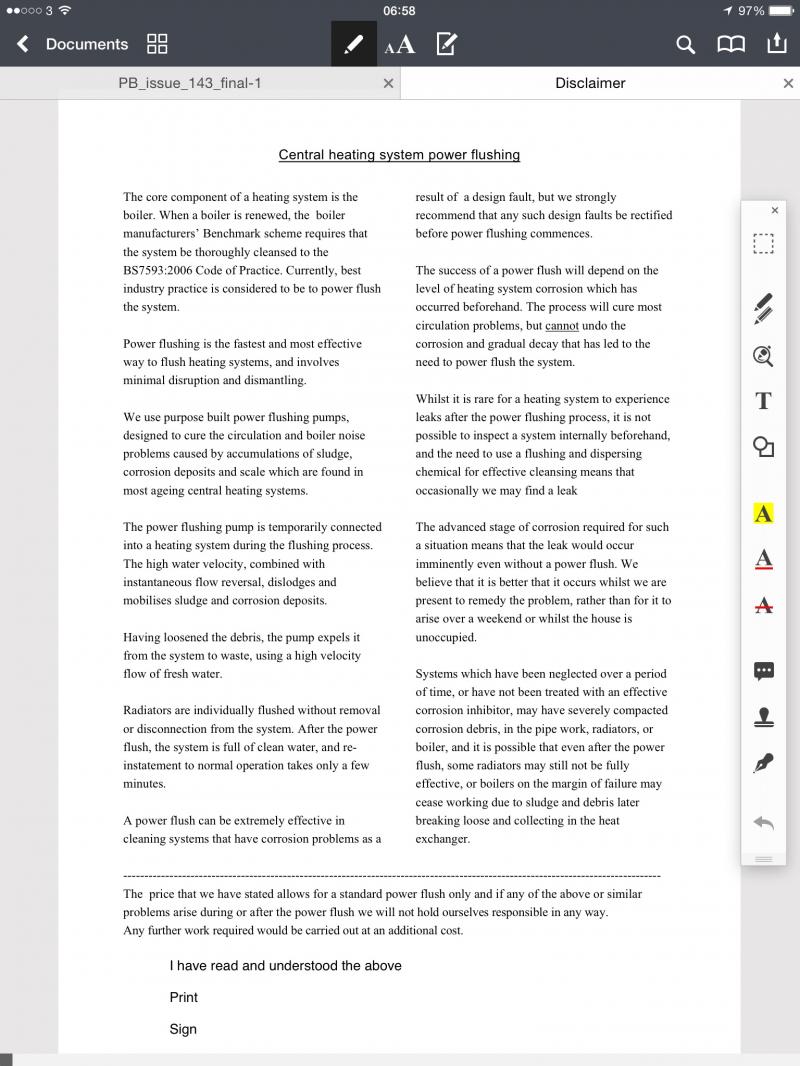I've booked a power flush for next week, and would like to clarify what it includes.
The engineer told me that the radiators would be 'vented', but I'm not sure exactly what this means. Is it a good idea to remove each radiator (or at least disconnect it) and flush it through separately? Clearly, I'm no expert but I would have thought that flushing through the connecting pipes would be unlikely to force water through the radiators via the TRVs and lockshield valves, even if fully open.
I was told it would take most of the day, which is encouraging in as much as they are likely to do a thorough job in that time, and the cost will be £550.
One slightly worrying thing is that I've read that a power flush can cause pin-point leaks. How likely is this?
The engineer told me that the radiators would be 'vented', but I'm not sure exactly what this means. Is it a good idea to remove each radiator (or at least disconnect it) and flush it through separately? Clearly, I'm no expert but I would have thought that flushing through the connecting pipes would be unlikely to force water through the radiators via the TRVs and lockshield valves, even if fully open.
I was told it would take most of the day, which is encouraging in as much as they are likely to do a thorough job in that time, and the cost will be £550.
One slightly worrying thing is that I've read that a power flush can cause pin-point leaks. How likely is this?


